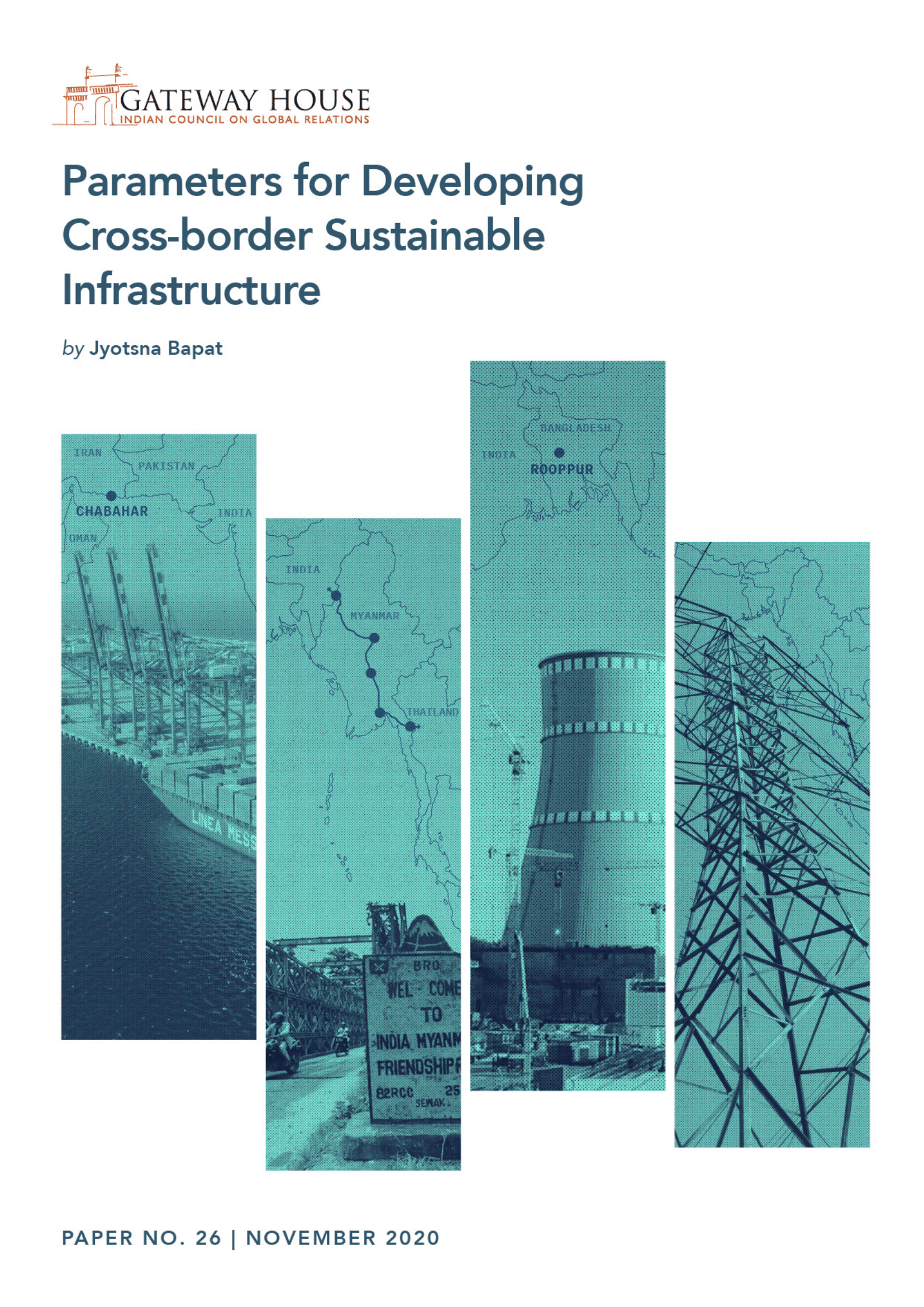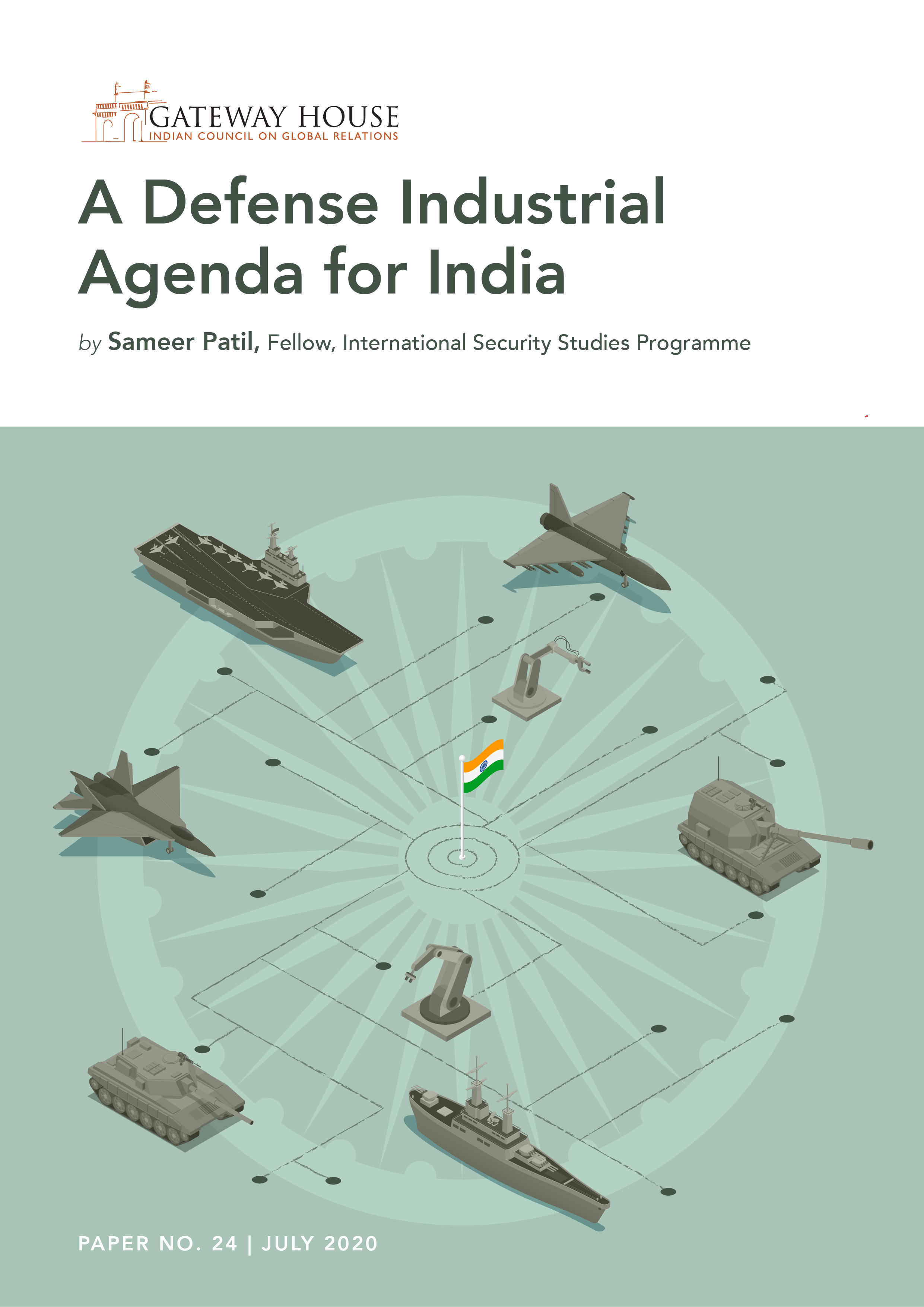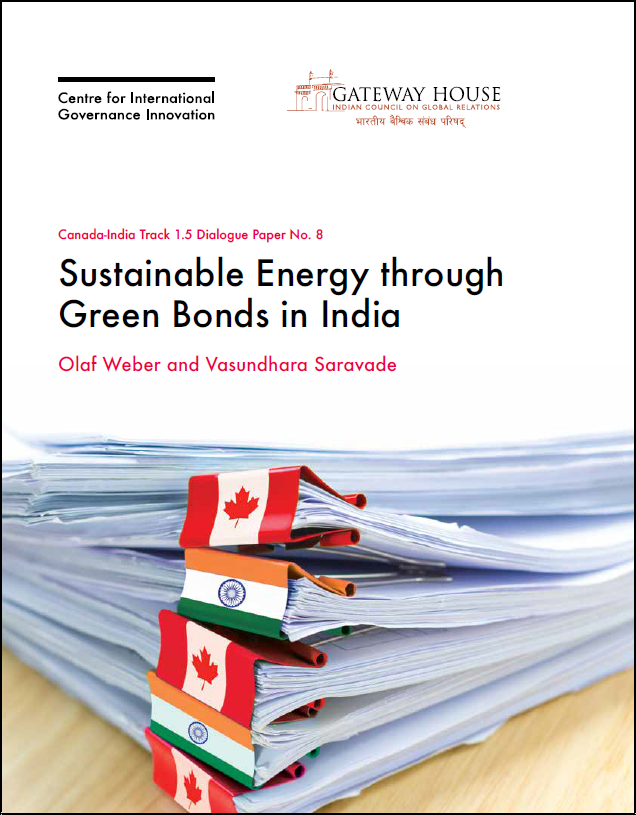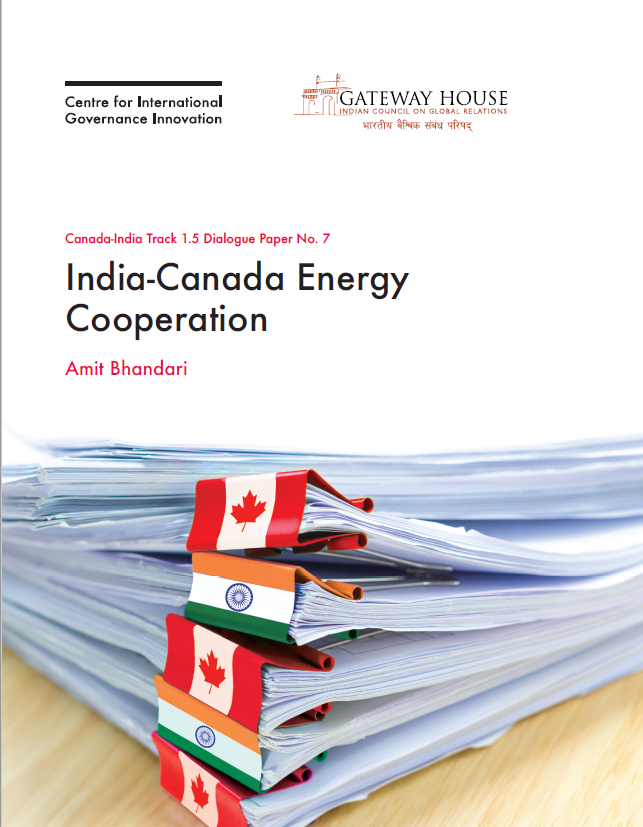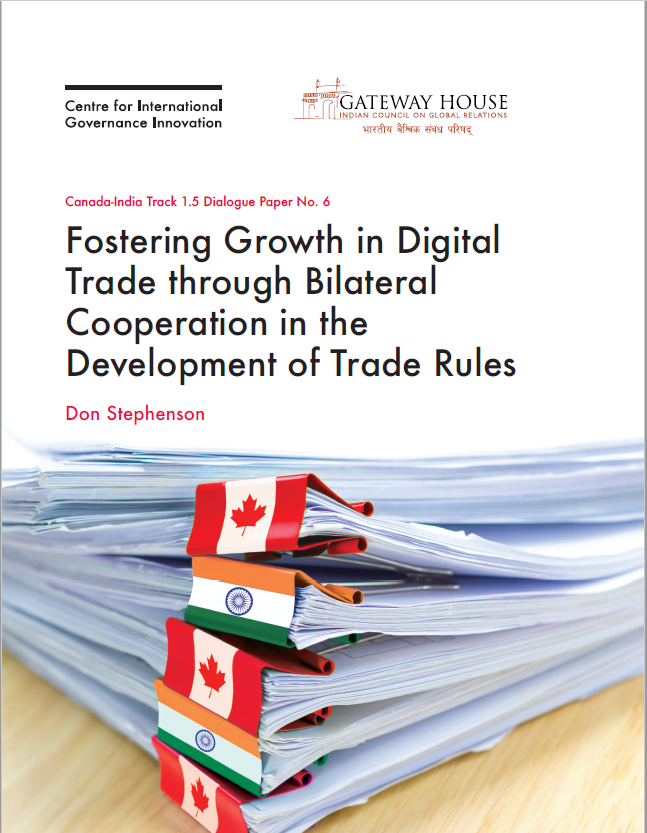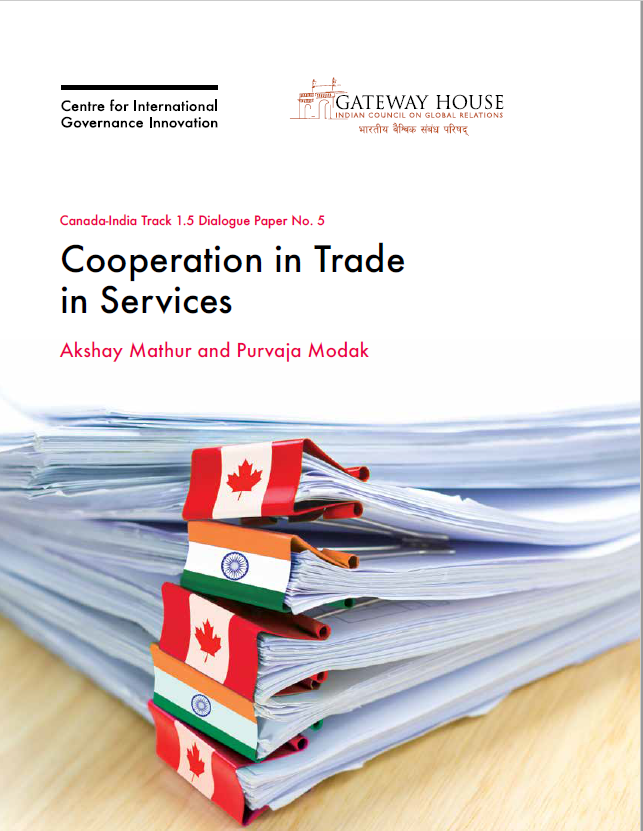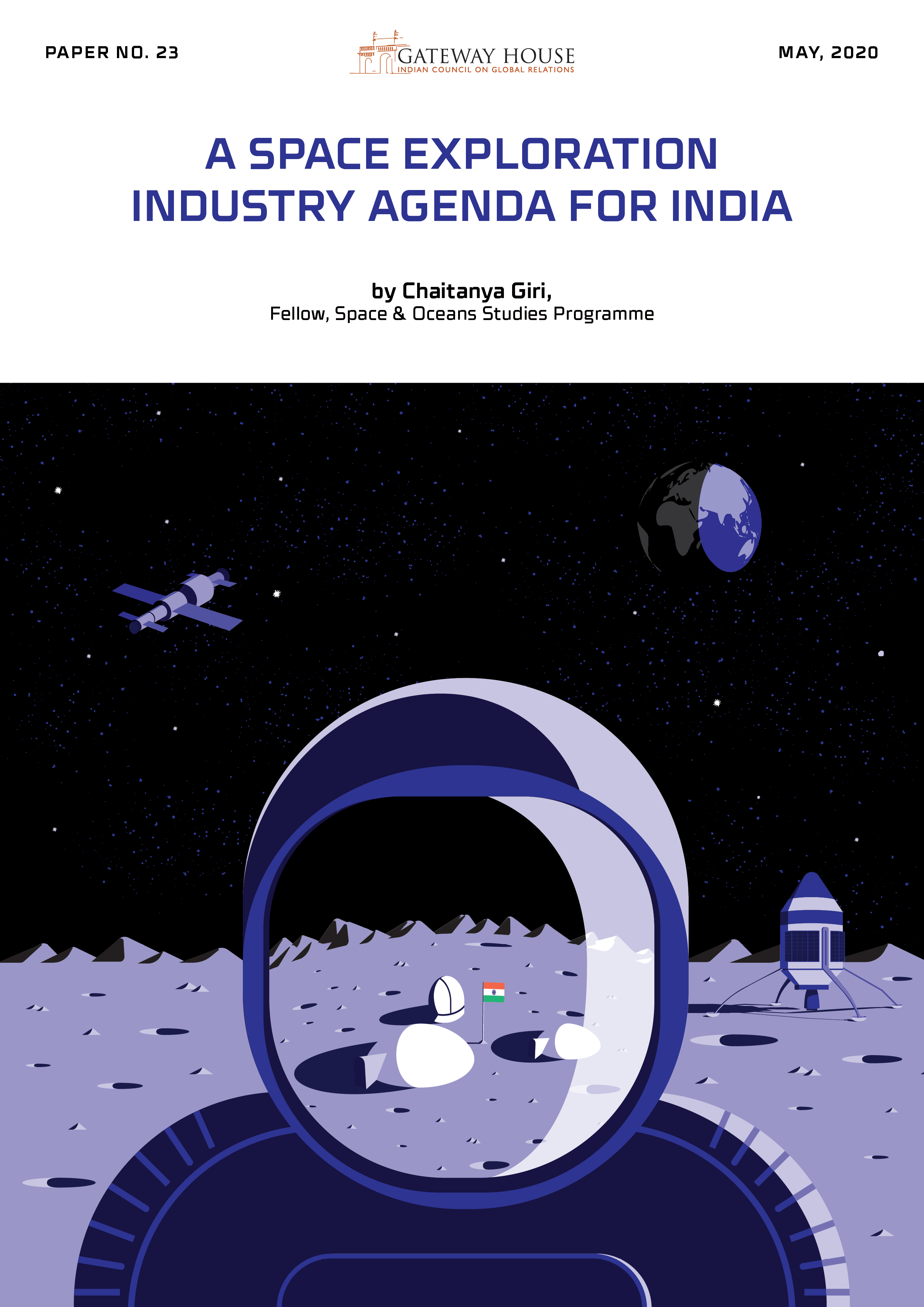Engagement of External Powers in Africa: Takeaways for India
As multiple foreign powers compete in Africa, there is a need to understand the geopolitical landscape, and analyse the various policies, strategies and motivations of each country. Where lies India in this great strategic game? India has a unique relationship with the continent, with respect for equality, mutual benefit, and need-based assistance. By deepening India-Africa cooperation, bolstering economic relations and leveraging new digital, space and medical technologies, the relationship between India and the African nations can be better cemented, despite the global competition at play.



